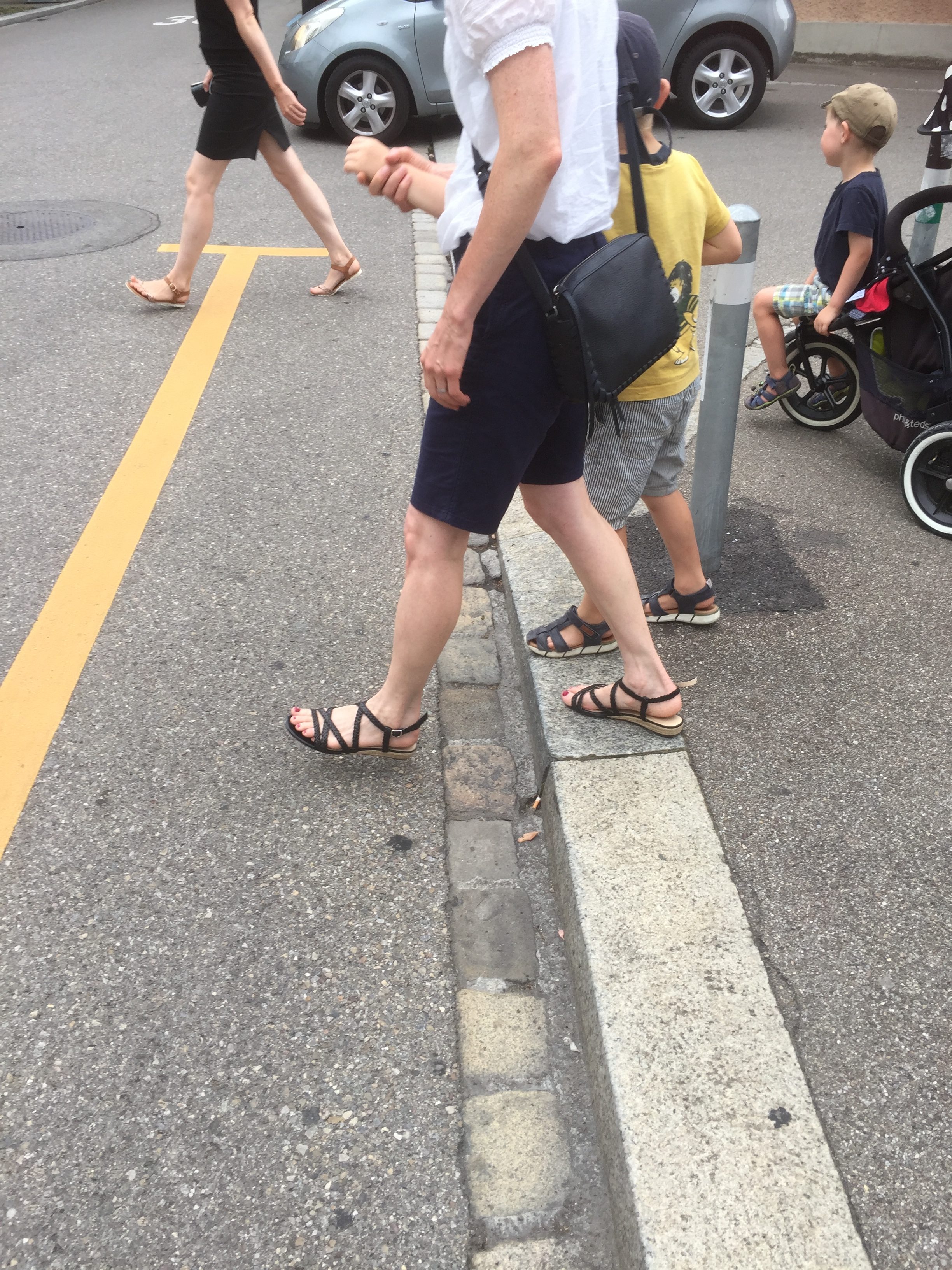
Rod King has a different perspective about building separated bike lanes and his point is well taken. The head of a British organization advocating for reduced road speed, King asks why we build great quality separated infrastructure for cycling when the real problem is the speeds that drivers travel at. The higher the vehicular speed, the more problematic any cycling and walking interaction is. He notes that the “The cost of infrastructure is largely the cost of driving at speed and are not costs of cycling and walking.”
In Great Britain “utility cycling” refers to daily biking to work, shops and school. It’s well documented that there are enormous benefits to cycling which includes increasing physical and mental health as well as reducing congestion and increasing air quality. The British Social Attitudes Study found that only five percent of people cycle at least weekly, leading to the question of what is the most impactful way to increase “utility” cycling.
King’s answer? Slow the streets.
The “20 is Plenty” website writes that “Traffic speed and volumes (are) inversely related to walking and cycling levels” and cites the The World Health Organisation’s studies that 20mph (30 km/h) is the maximum safe speed to reduce catastrophic conflicts between cars and cyclists. “Safety fears are what people say most puts them off cycling. Cycling casualty rates fall 20-40% with wide area 20mph limits.”
In Britain signing side streets at 20 mph (30 km/h) resulted in a 300 percent increase in cycling to school in Edinburgh. Setting vehicular speed limits of 30 km/h on direct routes can maximize cycling gains.
“For traffic engineers the key to fitting in separated cycle infrastructure is finding available land alongside highways or enough carriageway for lanes of a least 1.5m wide (2m is recommended). Yet, what if there isn’t space for a joined up safe separated cycle network? The choice becomes introduce 20mph limits or reduce parking or driving lanes (ie reduce motor vehicle road space). Separated lanes for cyclists and 20mph limits both have their place.”
King argues that slower streets encourage increased cycling ridership and have little requirements except for signage which he estimates to cost about 1.50 pounds or $2.50 Canadian dollars a person.The more deluxe approach of using public health expertise for driver education, providing signage and gaining police enforcement of speed limits can cost 2 pounds per capita ($3.30 Canadian) but can provide maximum engagement.
Streetfilms produced this YouTube video below that describes the philosophy of the 20 is Plenty movement and interviews Rod King. There is also a review of neighbourhoods that have reduced speeds for cycling and walking, encouraging physical activity and making the local community socially more cohesive.

